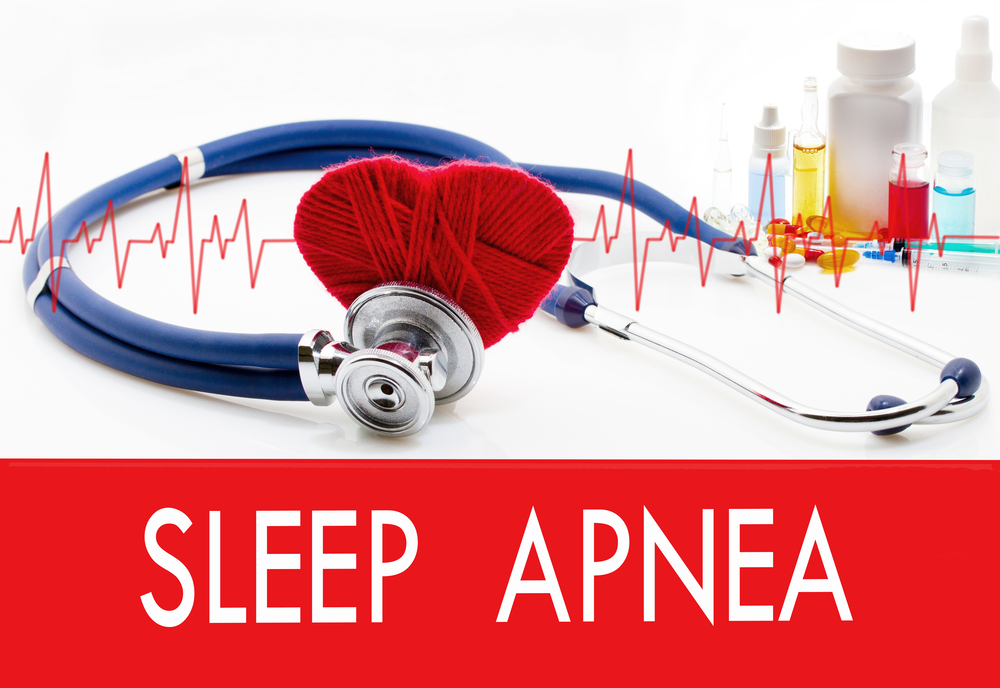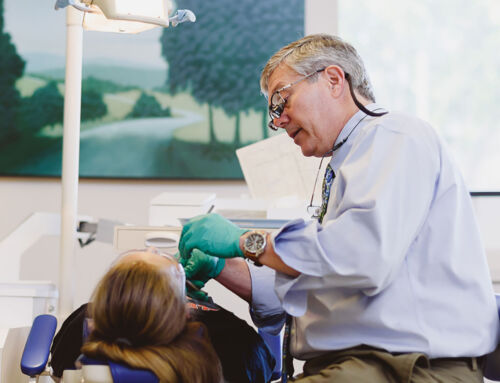Sleep apnea, a common yet potentially serious sleep disorder, has been linked to a variety of health issues, one of the most concerning being heart disease. This connection raises the stakes considerably for individuals suffering from sleep apnea, as heart disease is the leading cause of death worldwide.
Understanding Sleep Apnea
Sleep apnea occurs when a person’s breathing is interrupted during sleep, sometimes hundreds of times a night. There are three main types of sleep apnea: Obstructive Sleep Apnea (OSA), which is the most common and occurs when the muscles in the back of the throat fail to keep the airway open; Central Sleep Apnea (CSA), which occurs when the brain fails to transmit the proper signals to the muscles that control breathing; and Complex Sleep Apnea Syndrome, which is a combination of both OSA and CSA.

The Connection Between Sleep Apnea and Heart Disease
The link between sleep apnea and heart disease is well established. When you stop breathing, as occurs during episodes of sleep apnea, your brain responds by temporarily increasing your blood pressure to ensure that oxygen reaches your vital organs. This can cause considerable strain on your heart. Additionally, the repeated drops in oxygen levels during apnea episodes trigger the release of stress hormones, which cause inflammation—a well-known risk factor for heart disease.
The Risks of Untreated Sleep Apnea
Apart from heart disease, untreated sleep apnea increases the risk of several other serious health problems. These include:
- Stroke: People with untreated sleep apnea are at a higher risk of stroke, and the risk increases with the severity of the apnea.
- Atrial Fibrillation: Sleep apnea increases the risk of atrial fibrillation, a condition characterized by a rapid and irregular heartbeat.
- Heart Failure: Sleep apnea is common among people with heart failure, and the two conditions seem to exacerbate each other.
Treatment Options for Sleep Apnea
Treatment for sleep apnea can vary depending on the severity and type of the condition. Lifestyle changes, such as losing weight, quitting smoking, and reducing alcohol consumption, can often help manage the symptoms. Continuous Positive Airway Pressure (CPAP) machines, which deliver a constant stream of air to keep the airways open, are another common treatment option. For those who cannot tolerate a CPAP machine, there are several surgical and orthodontic options available.
How Ahava Orthodontics Can Help
Dr. Barron and his team at Ahava Orthodontics are committed to providing personalized treatment plans for sleep apnea that can help reduce the risks of associated health problems, including heart disease. Orthodontic treatment can help reposition the jaw and tongue, creating a larger airway and reducing the occurrence of apnea episodes.
Orthodontic treatments for sleep apnea are primarily designed to address the underlying structural causes of the condition, which often involve obstructions or blockages in the airway. Here are some of the most common orthodontic interventions for sleep apnea:
- Mandibular Advancement Devices (MADs): These are among the most commonly prescribed dental appliances for sleep apnea. They look somewhat like a mouth guard used in sports. The device snaps over the upper and lower dental arches and has metal hinges that connect the two pieces. This design pushes the lower jaw and tongue forward, preventing the throat muscles from collapsing back into the airways, which allows for easier breathing.
- Tongue Retaining Devices: These are a type of dental appliance that holds the tongue in place to prevent it from blocking the airway. This might be suitable for patients who cannot tolerate or get the desired effect from a CPAP machine.
- Orthodontic Expansion: For those with narrow upper dental arches or crowded teeth, palatal expansion may help increase the width of the arch and, consequently, the nasal passages, aiding in easier breathing.
- Orthognathic Surgery: In cases where the bony structures are responsible for the obstruction, surgery might be recommended. This procedure will adjust the jaws to create a more open airway.
- Positional Therapy: Some people experience sleep apnea primarily when lying in certain positions (typically on the back). In these cases, an orthodontic device or a specialized pillow may be used to encourage sleeping in a side position.
- Continuous Positive Airway Pressure (CPAP): While not an orthodontic treatment per se, CPAP is the most commonly recommended treatment for moderate to severe sleep apnea. It involves wearing a face or nasal mask, which is connected to a machine that provides a continuous stream of air to keep your breathing passages open. Some patients might use this in combination with an orthodontic appliance.
- Retainers: Some types of retainers can also be designed to help keep the airway open and prevent the tongue and other soft tissues from collapsing into the throat.
- Uvulopalatopharyngoplasty (UPPP): This is a surgical procedure to remove excess tissue from the throat, which can widen the airway. This might allow air to move through the throat more easily when you breathe, reducing the symptoms of obstructive sleep apnea.
The connection between sleep apnea and heart disease underscores the importance of seeking treatment for this common sleep disorder. If you suspect you may have sleep apnea, don’t hesitate to seek help. A personalized treatment plan from Ahava Orthodontics can not only help you sleep better but also reduce your risk of heart disease and other serious health issues.
Patients interested in exploring orthodontic solutions for sleep apnea should consult with an orthodontist, like Dr. Barron at Ahava Orthodontics in Fort Worth, who can provide guidance tailored to individual needs and conditions. It’s also crucial to work in conjunction with a sleep specialist to ensure that the selected treatment effectively addresses the sleep apnea.




